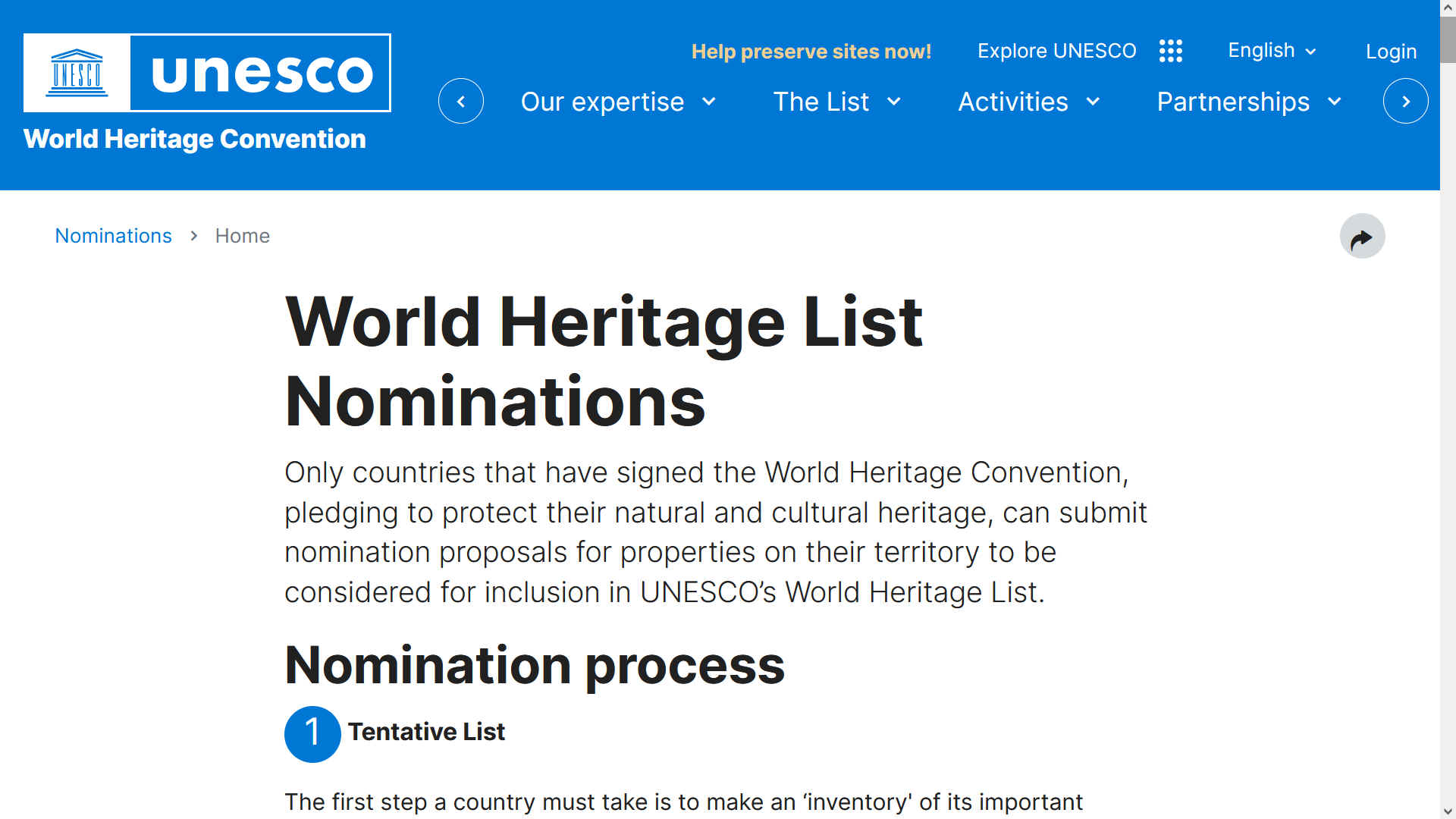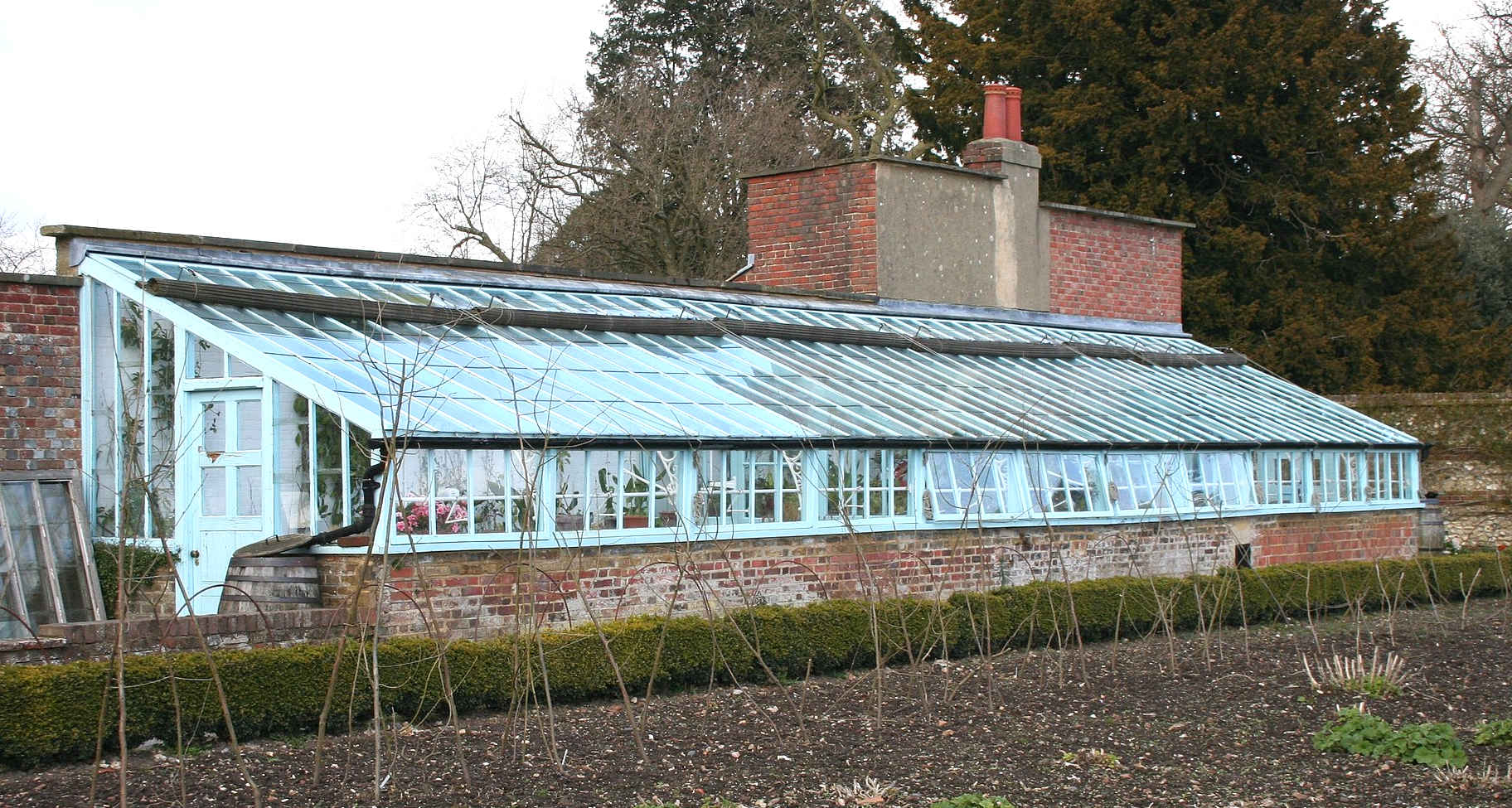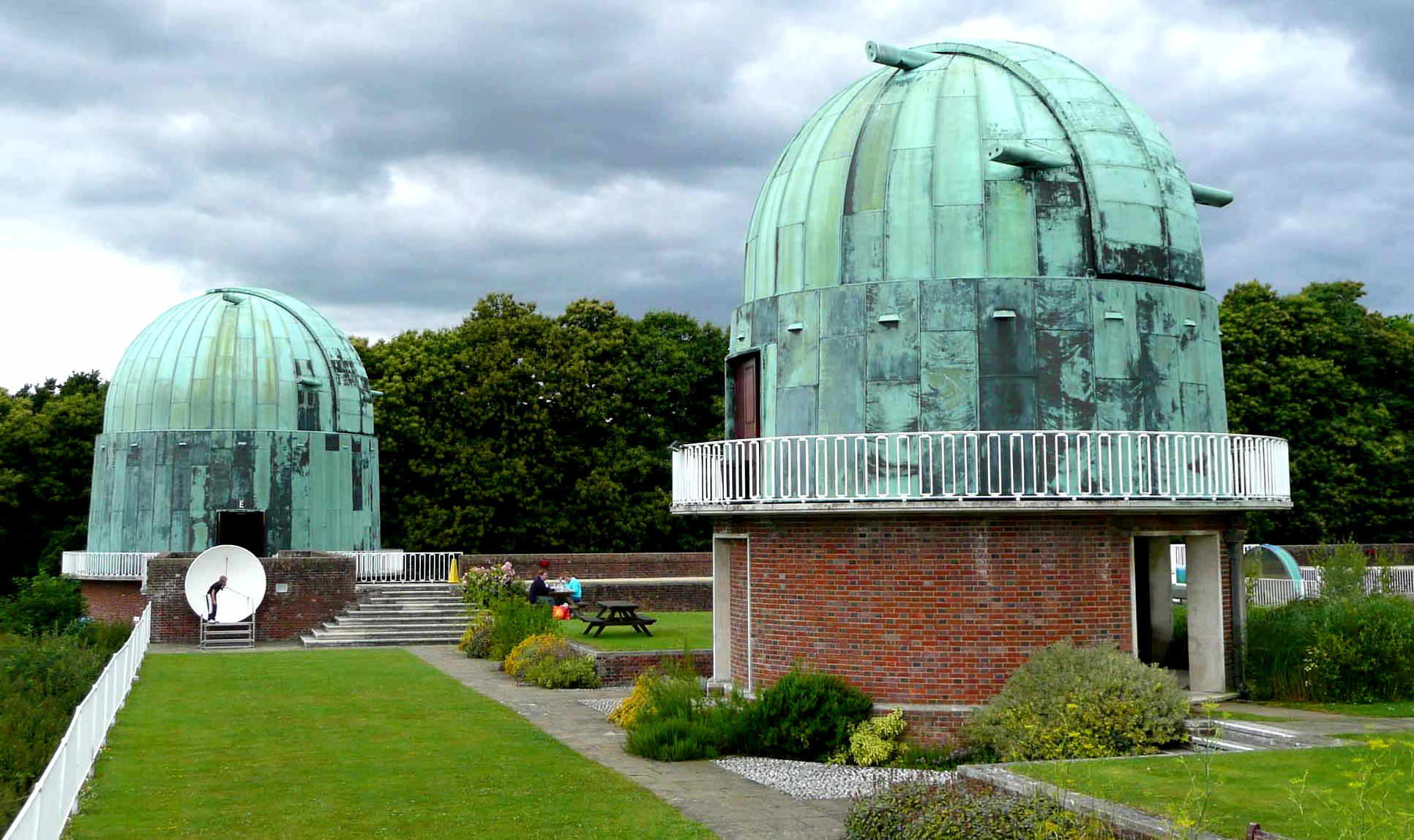|
UNESCO - WORLD HERITAGE SITES - A TO Z
Please use our A-Z INDEX to navigate this site or see HOME
|
|
The
South East of England is blessed with a fine collection of heritage
locations that champion the proud history of this geographical region of
the United Kingdom.
DARWIN'S GREENHOUSE - In a letter to Joseph Dalton Hooker of 19 April [1855] (Correspondence vol.5) Darwin said that he did not have a greenhouse. However, this soon changed. An entry in his Classed Account Book (Down House Ms) for 1 February 1856 indicates that he paid £67 to John Strudwick, a builder from Westerham, to build a greenhouse.
The earliest structure in the building sequence for the greenhouse appears to be that at the east end of the present building, although it was reroofed in 1898. Its construction differs from the later work, in that the bricks are laid on edge as rat trap bond. This first greenhouse appears to have been unheated.
The first addition to the greenhouse, built in 1863, was described by Darwin in his correspondence as a 'hothouse.' This new building was explicitly designed for 'experimental purposes' (see Correspondence, vol. 11, letter to Thomas Rivers, 15 January [18631). It was built at the suggestion, and under the superintendence, of John 1-lorwood, gardener to Darwin's neighbour, George Henry Turnbull.' Horwood had charge of the hothouses at his master's house, of which Darwin had 'free use' while preparing his book on orchids in 1861 and 1862.' The hothouse was built in January and February 1863, and cost a total of £5 15s. 3d. The hothouse was built with a raised bed on the south side of the walkway. It was heated by a loop of 4' cast iron pipes set against the side of the bed. Hot water for the pipes was provided by a cast iron jacket set in the exterior face of the south wall. The 4" pipes simply returned through the east end of the raised bed into the back of the jacket. It was a sealed system without a header tank. The
The date of the construction of the laboratory and the final addition to the greenhouse which appears to have been executed in the same brickwork is not documented. However, the land on which the laboratory was built did not come into Darwin's possession until 1881. This therefore seems to be the most likely date for this last phase of additions.
Royal Botanical Gardens Kew, Surrey
The Historic Dockyard Chatham is currently on a tentative list meaning its under consideration to become a World Heritage Site.
UK's transition to electricity
1878 - The first hydro-electric plant in the UK started operating in Cragside, Rothbury, Northumberland, in the Victorian era (1837-1901), powering first an arc lamp, then Joseph Swan's carbon filament lamps. This was not a public supply. Recently restored.
1881 - The UK had the world's first water powered public electricity and street lighting at Godalming, Surrey, powered by a waterwheel installed at the Salgasson mill. Demolished.
1882 The Edison Electric Light Station, was the world's first coal-fired power station generating electricity for public use. It was built at number 57 Holborn Viaduct in central London, by Joseph Swan, Thomas Edison's 'Edison Electric Light Company.' Demolished.
1898 -
Another
site on the South Coast of England, potentially worthy of consideration
for future inclusion, is the electricity
Generating
Station, just outside the Sussex
village
of Herstmonceux, possibly
to include the whole of Lime
Park, as estate once owned by Charles de Roemer. This is a time capsule during the
transitional stages of horses to automobiles and gas lighting to
electric lighting (and public supply). Both transitions taking place
within 20 years of the other, after First World War motorization, with
the stables becoming redundant in favour of a 1920s Armstrong Sideley
limousine. One of the earliest surviving early electrical buildings is a compact rural installation, with advanced features like battery storage, load
levelling, and underground
48-56 volt DC cables to power the village.
The only surviving example of this is the world, presently undergoing
restoration works. As we write, there are no included sites in East
or West Sussex.
|
|
A World Heritage Site is a landmark or area with legal protection by an international convention administered by the United Nations Educational, Scientific and Cultural Organization (UNESCO). World Heritage Sites are designated by UNESCO for having cultural, historical, scientific or other form of significance. The sites are judged to contain "cultural and natural heritage around the world considered to be of outstanding value to humanity".
|
|
|
OTHER SITES IN OR ASSOCIATED WITH THE UNITED KINGDOM
There are 33 UNESCO World Heritage Sites in the United Kingdom and the British Overseas Territories. The UNESCO list contains one designated site in both England and Scotland (the Frontiers of the Roman Empire) plus eighteen exclusively in England, five in Scotland, four in Wales, one in Northern Ireland, and one in each of the overseas territories of Bermuda, Gibraltar, the Pitcairn Islands, and Saint Helena. There is an additional site partly in the UK territory of Akrotiri and Dhekelia, but is regarded to be part of Cyprus's list. The first sites in the UK to be inscribed on the World Heritage List were Giant's Causeway and Causeway Coast; Durham Castle and Cathedral; Ironbridge Gorge; Studley Royal Park including the Ruins of Fountains Abbey; Stonehenge, Avebury and Associated Sites; and the Castles and Town Walls of King Edward in Gwynedd in 1986. The latest sites to be inscribed were The Slate Landscape of Northwest Wales and Bath Spa (as a component of the Great Spas of Europe) in July 2021.
TENTATIVE LISTINGS UK 2023
- Birkenhead the People’s Park [Cultural]
ACROPOLIS - ATHENS, ANCIENT GREEKS, PARTHENON, TEMPLE ATHENA NIKE ANGKOR WAT - HINDU BUDDHIST TEMPLE RELIGIOUS COMPLEX, CAMBODIA CHICHEN ITZA - ANCIENT MAYAN CITY, YUCATAN PENINSULA, MEXICO COLOSSEUM - ROMAN HISTORIC CITY CENTRE, ROME, PANTHEON, ITALY EASTER ISLAND - RAPA NUI, POLYNESIAN HEAD STATUES, PACIFIC OCEAN GREAT WALL OF CHINA - 3RD CENTURY BC EMPEROR QIN SHI HUANG & MING DYNASTY MACHU PICCHU - PYRAMID, PERU, INCAN LOST CITY, ANDES PETRA - TREASURY, AL-KHAZNEH, SIQ GORGE, NABATAEANS, SOUTHERN JORDAN PYRAMIDS - GREAT SPHINX, MEMPHIS NECROPOLIS, GIZA, EGYPT TAJ MAHAL - MAUSOLEUM BUILT BY SHAH JAHAN, AGRA, INDIA VATICAN CITY - THE WORLD'S SMALLEST, HOLIEST CHRISTIAN STATE WESTMINSTER ABBEY - HOUSES OF PARLIAMENT, LONDON, ENGLAND
TENTATIVE LISTINGS
PORT ROYAL - JAMAICAN SUNKEN CITY 1692, PIRATES HISTORY
CONTACTS
LINKS & REFERENCE
http://www.unesco.org https://ioc.unesco.org/
|
|
|
A FULLER UNDERSTANDING OF HUMAN DEVELOPMENT - Due to the pace of development, sometimes significant gaps exist in the records, as to how man leapfrogged from coal fires, to steam, to electricity, computers and finally the renewable energy age, to combat climate change.
|
|
|
Please use our A-Z INDEX to navigate this site, or return HOME
|
|
|
This website is Copyright © 2022 Climate Change Trust & Injustice Alliance The views, performance reviews and opinions of the Trust are protected by Articles 18 and 19 of the Universal Declaration of Human Rights.
|



